Overview
Map
Other Details
دير سيّدة بكركي البطريركيّ
Zibdine Jbayl
Jbeil
Mount Lebanon
كنيسة القدّيسة صوفيا - زبدينهي كنيسة صغيرة قائمة على أطراف البلدة. تاريخ بنائها مجهولُ، لكنّ هندستها تشير أنّها تعود للقرون الوسطى. الكنيسة عبارة عن قبو عقدٍ سريريٍّ ينتهي بحنية. تحوي الكنيسة على لوحة للمستشرق البولونيّ بول شلافاك تعود للقرن التاسع عشر.The church of St Sophia - ZebdineIt is a small church in the village’s vicinity. The date it was built is unknown, yet its architecture is typical for the high middle ages.The church is a crypt with a crib vault ending with an apse. The church holds a painting by the polish orientalist Paul Shlavak.
Visited 3351 times, 4 Visits today




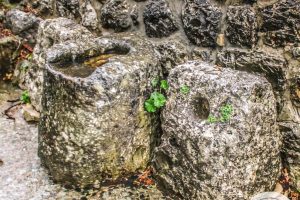
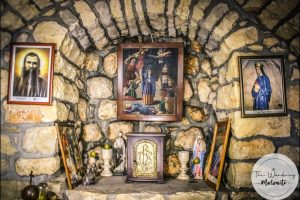
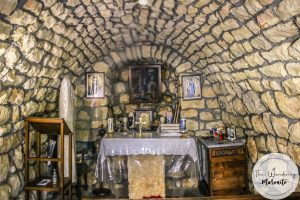
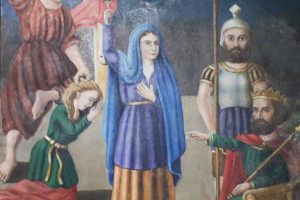





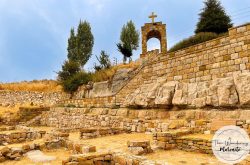

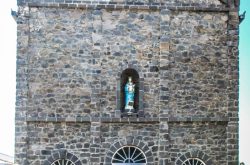
Reviews are disabled, but trackbacks and pingbacks are open.